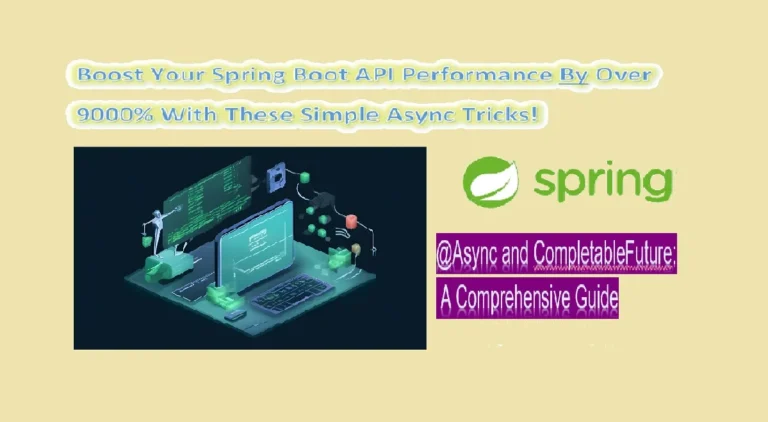Unleashing Creativity: The Mind-Blowing World of Generative AI Revealed!
Introduction: In recent years, Generative Artificial Intelligence (AI) has emerged as a captivating field, captivating the imagination of researchers, artists, and technologists alike. With its ability to create novel content across various domains, from realistic images to compelling text, generative AI stands at the forefront of innovation. In this article, we delve into the intricacies…











